Ganga in Legend and History: Archaeology, Literature and Visual Arts
River Ganga to an Indian mind is significant in more than one way. She is the foster mother nurturing man and his settlements, thus, ma Ganga; it is pure and pious, for its physical properties, as well as religious status, thus is a devi (deity). The spade of archaeologists and the narrations in the scriptures reveal that the valley of Ganga was also the cradle of Indian civilization.
It is therefore not surprising that Ganga valley witnessed continuous growth of human endeavours right from the Stone Age to the modern times. Ganga plain, therefore, had to be examined in historical as well as cultural perspective. This was attempted twice by Jnana-Pravaha, the Centre for Cultural Studies and Research at Varanasi. The first seminar focused on Samskrit Sahitya mein Ganga, while the recent one, Significance of Ganga in Indian Culture (2017), had wider coverage. The present volume is based on the contributions of both of these academic meetings. This book incorporates learned deliberations of scholars on three themes in literature, historical growth of the region as revealed by archaeology, and visual presentation of the river in art compositions.
The early cultures of Ganga valley reveal history of development of technologies, ideologies and institutions. Eminent practising archaeologists, Dr. Bhuvan Vikrama and Ms. Sushri Mishra Vikrama, Prof. Vidula Jayaswal, Dr. B.R. Mani and Prof. Durga Basu, have outlined the historical personality of the Upper, Middle and Lower Ganga plain.
The intangible manifestations of Ganga which has seeped deep in our society continue in the form of mythology and legends. Scholars per excellence, Prof. Reva Prasad Dwivedi, (late) Dr. R.C. Sharma, Prof. Yugal Kishore Misra, Prof. Gangadhar Panda and Dr. Pranati Ghoshal, record and interpret textual narrations of Vedic texts, Epics, compositions of Kalidas, and Ganga-lahari (late medieval text).
The classical examples of pictorial depiction of legends related to this holy river have been discussed by (late) Rai Anand Krishna, Dr. S.S. Biswas, and young scholars, Drs. Niraj Pandey, Chandraneel Sharma and Meera Sharma.
The Presidential Address by Dr. Prithvish Nag deals with the international policies regarding Ganga water, which inspite of being of utmost significance, is less addressed.
In the present scenario, when there is much concern about cleaning and saving the lifeline of Indian culture river Ganga, this book would be useful to general readers as well as scholars, as it provides authentic information on the theme.
Contents: Foreword. Presidential Address-River Ganga: Geopolitical Implications /P. Nag . I. Ganga Valley: The Cradle of Indian Civilization: 1. Emerging Scenario of Early Archaeological Cultures in Upper-Ganga Plain: With Special Reference to Sakatpur (Saharanpur) and Harinagar (Bijnor)/Bhuvan Vikrama and Sushri Mishra Vikrama. 2. Early Archaeological Cultures of the Middle Ganga Plain: Unity and Diversities/Vidula Jayaswal. 3. Archaeology of Kashi: The Eternal City on the Ganga/B.R. Mani. 4. Early Medieval Settlement History of Lower Ganga Plain with Special Reference to the Coast Region/Durga Basu. II. Ganga : The Vibrant Component Of Indian Literature: 5. Ganga: As It Flows in the Mahabharata/R.C. Sharma. 6. Ganga-Pravaha in the Ramayana/Pranati Ghoshal. 7. The Ganga to Kalidasa/Rewaprasad Dwivedi. III. Ganga in Visual Arts: 8. Ganga in Art and Culture through the Ages/S.S. Biswas. 9. Depiction of Ganga on the Door-jambs of Ancient Indian Temples/Niraj Kumar Pandey and Chandraneel Sharma. 10. Urbanization and the Growth of Sculpturing Centres in Ganga Valley: A Case Study of Kausambi/Meera Sharma. Bibliography. Plates.
Get it now and save 10%
BECOME A MEMBER

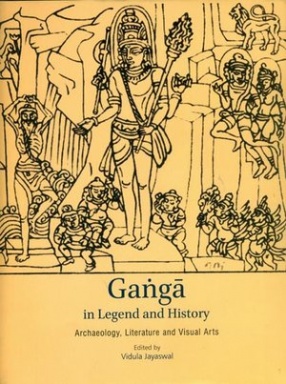
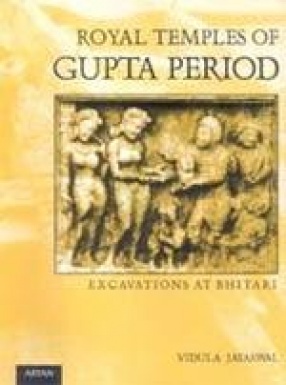


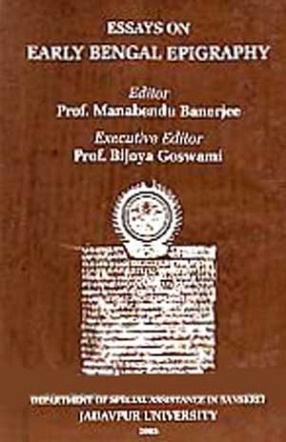
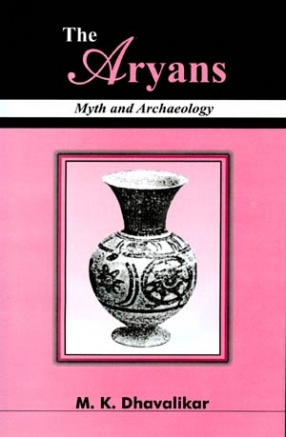
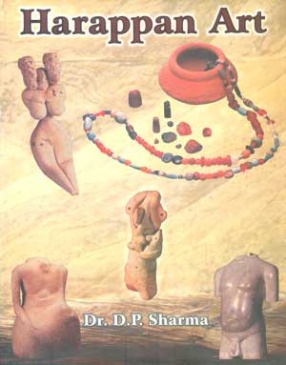
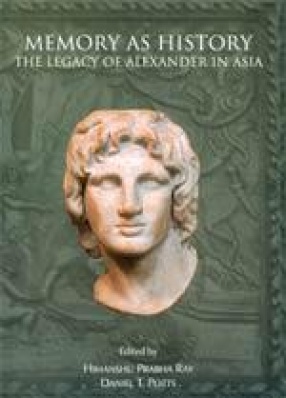

Bibliographic information